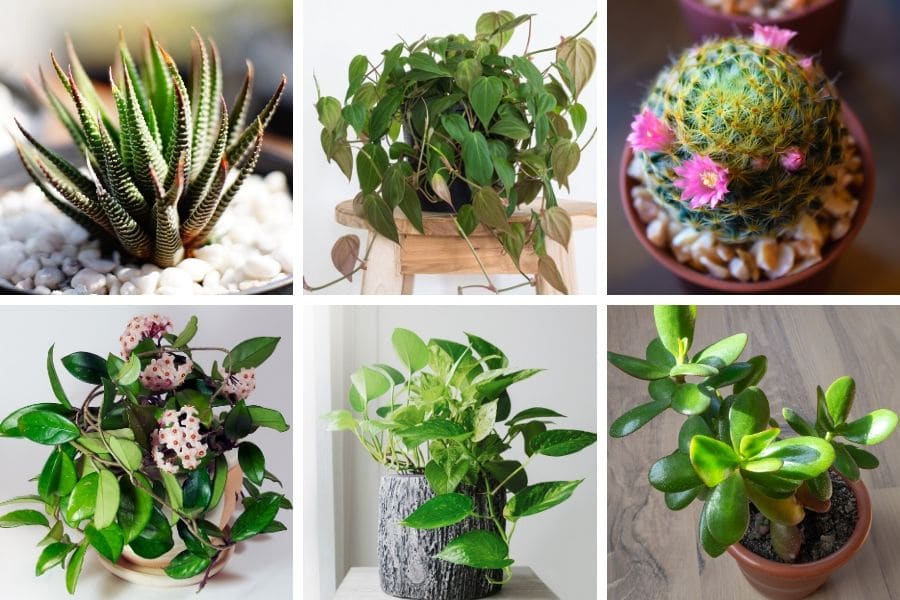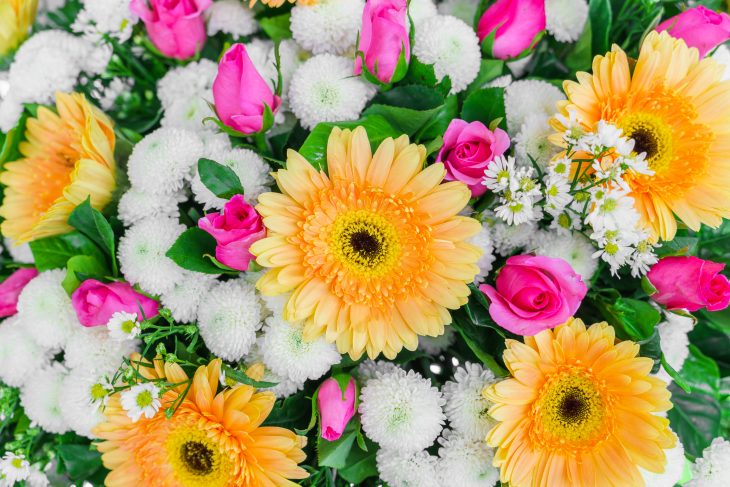
If you’re looking for some easy houseplants that don’t die easily, there are many great choices. These include African spear plant, Peace lily, and Red rubber tree. Read on to learn more about each. And remember: don’t be afraid of trying something new. Try out a new plant every year! It might surprise you! You might also like these unusual plants:
Red rubber tree
The Red Rubber Tree is one of those easy house plants that don’t die easily. Rubber plants are moderately tolerant of salt. They sprout several stalks at once. To encourage multiple plant growth, prune the plants every year. In order to keep them looking beautiful, use a wet sphagnum peat moss and root hormone solution when pruning. After pruning, keep the plant moist and move it into a larger planter every one or two years.
When watering your Red Rubber Tree, make sure that you do not drown it. If it dries up too quickly, the leaves may look tangled or yellow. This could be caused by too much or too little water. Make sure to read the watering guide and follow cultural practices. If you notice any brown spots, they may be caused by overwatering or bacterial infection. In order to avoid this problem, you should keep the plant in a partially shaded area, if you want it to look its best.
Dracaena
If you are looking for a plant that won’t die easily, a dracaena might be the perfect choice. Although it is tolerant of drought, it still needs regular watering, particularly if the top inch of soil is dry. But avoid overwatering, which can result in root rot. Another cause of browning tips on dracaenas is low humidity. A humidifier or a tray of water can help maintain humidity. If you live in an area with hard water, you can use filtered water or leave the tap water out overnight.
The good news is that dracaenas are surprisingly easy to care for. Besides being an excellent plant for indoors, dracaenas can even be propagated, so you don’t need to worry about wasting your money on expensive nursery plants. To propagate dracaenas, you can simply cut their stems and transplant them into larger containers.
African spear plant
The African Spear plant requires very little care to thrive. This plant can live for many years with minimal maintenance. In fact, many experienced gardeners do not discard its dried leaves. Instead, they use them for various crafts, such as weaving or crocheting. Besides, it provides a constant supply of fresh air to the room. You can use it as a living air purifier if there is a stale smell in the house.
African Spear plants prefer bright indirect sunlight. They will tolerate a little bit of direct sunlight, but need at least four to six hours of bright light a day. For optimal growth, plant them near a west or east-facing window. During the hottest part of the day, move them to a shady spot. They are toxic to children and pets, so if you are unsure, don’t let them play around with the plant.
Peace lily
If you’re looking for one of the easiest house plants that don’t die easily, a Peace Lily is probably what you’re looking for. This plant doesn’t require much maintenance, but you should be aware of its sensitivity to certain conditions, such as excessive watering or fertilizer. Occasionally, peace lilies will show signs of leaf yellowing. If you notice this behavior in your peace lilies, you may want to take action.
To propagate peace lilies, you can divide the plant. First, dig out the mother plant. Make sure you don’t pull the roots too quickly, as this will result in poor propagation. Look for a clump of roots with several leaves. Carefully cut these roots off and plant the new crown in the same pot. Once you have the new plant, don’t fertilize it for three months, as it might burn the new plant.
Aloe vera
If you’re considering adding a house plant, consider starting with aloe vera. It produces offsets (plantlets or pups) that will gradually fill the pot. You can also separate the pups and plant them separately, or gift them to a friend. Aloe Vera propagation is very easy. Simply divide the plant and propagate the offsets. These plants can grow very large over the years if given the proper care and conditions.
The aloe needs bright natural light to thrive. It can survive up to six hours of direct sunlight, but should receive some respite from the sun in the afternoon. It’s best to keep it near a sunny window. Direct sunlight will burn its tender skin. Lack of light will weaken its leaves and cause it to grow leggy. A well-lit window will allow it to thrive.








